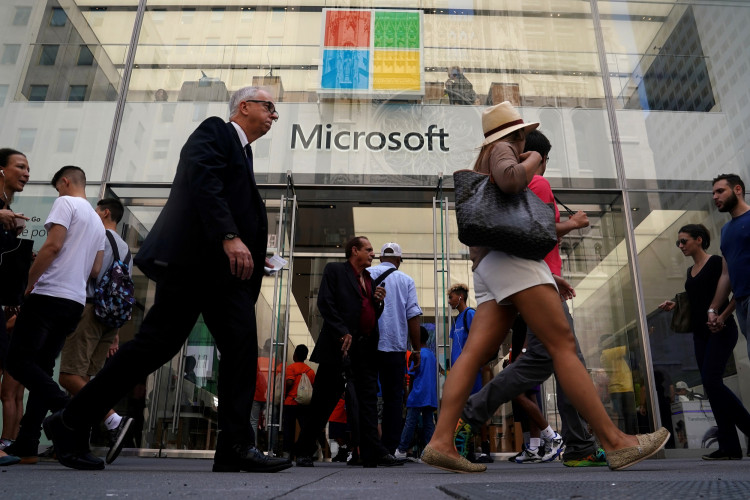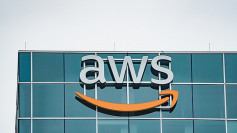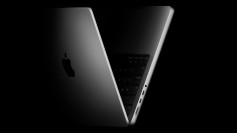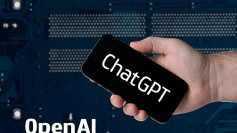Microsoft has announced the deployment of Windows 10 Build 18362.10006 to select Insiders in the Slow ring. The OS version is codenamed 19H2 and will be labeled Windows 10 1909 when officially released, which likely will happen on September 2019. The latest rollout marks the start of the test run of Cumulative Update that will replace the usually buggy Feature Upgrade.
With the Cumulative Update mode of delivery, Microsoft said that the twice a year major Feature Upgrades would arrive just like the Patch Tuesday that goes out every month to all Windows systems. According to Windows Central, the focus of 19H2 is to fix bugs, improve performance and introduce features in small packages.
"The download won't be as large, and won't take as long to install or restart ... Meaning there's less risk when updating, and less downtime when the update is installing," the report added.
Essentially, Build 18362.10006 is designed to activate the hidden features that were deployed earlier with Windows 10 19H2 Build 18362.10005. MSPowerUser said the new update will now allow third-party digital assistants to recognize voice prompts from the Lock Screen and get activated.
Prior to Build 18362.10005 and Build 18362.10006, the feature is reserved only for Cortana, which is Windows 10's built-in digital bot.
Additionally, the following features have been turned on by the update (as indicated in the changelog provided by Microsoft:
- Windows containers require matched host and container version. This restricts customers and limits Windows containers from supporting mixed-version container pod scenarios This update includes five fixes to address this and allow the host to run down-level containers on up-level for process (Argon) isolation.
- A fix to allow OEMs to reduce the inking latency based on the hardware capabilities of their devices rather than being stuck with latency selected on typical hardware configuration by the OS.
- Key-rolling or Key-rotation feature enables secure rolling of Recovery passwords on MDM managed AAD devices upon on-demand request from in-tune/MDM tools or upon every time recovery password is used to unlock the BitLocker protected drive. This feature will help prevent accidental recovery password disclosure as part of manual BitLocker drive unlock by users.
- A change to enable third-party digital assistants to voice activate above the Lock screen.
The new approach might be confusing, but it seems Microsoft is hoping that by testing what the company calls as controlled feature rollout (CFR) with 19H2, mistakes can be spotted and adjustments can be made so that when CFR hits the regular Windows Update channel, it will be a smoother experience for most users.
Microsoft said the test run would only be limited to a subset of Insiders in the Slow ring, which obviously is a ploy to minimize whatever the negative impacts that CFR might be loaded with.






